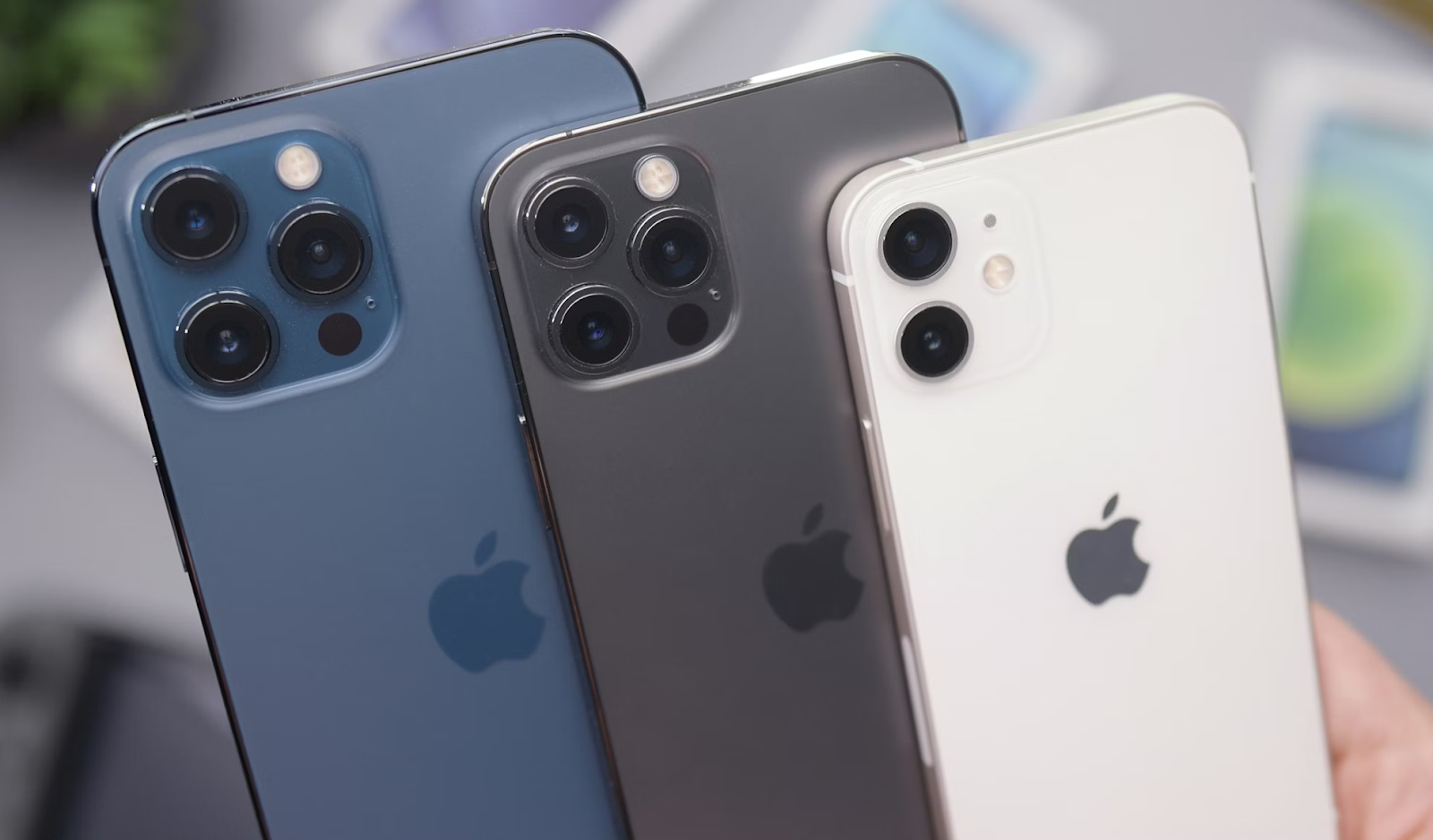Apple to Overhaul Its OS on All Devices – What are We Hearing?
According to a recent Bloomberg News report – published in early March – Apple is about to go through a significant shift that could change the way we interact with their smartphones forever.
The shift itself revolves around the OS, with Apple preparing to completely reimagine its operating systems across all devices, including iPhones, iPads, and Macs.
If it were to happen, it would mark one of the biggest design overhauls in Apple’s history, with reports suggesting the company is aiming for a more unified experience across its ecosystem, with visionOS being an apparent starting point.
So how accurate are these rumours and what are we hearing about this new operating system?
Credence Behind the Rumours
We should start by saying Apple’s OS overhaul, while significant, is not really a surprise. If you’re familiar with the world of tech, you’d know that digital industries have to continuously evolve their operating systems to meet customer expectations.
Whether it’s the online gaming sector integrating new casino bonuses and features to keep players engaged, or streaming services changing their recommendation algorithms to enhance the user experience, innovation in the digital space is the key to staying competitive.
As one of the biggest and most influential companies in this space, Apple will know this better than anyone, and they’ll also understand that their current OS is getting close to twenty years old – which is basically eighty years old in “tech years”!
If they want to keep their users engaged, enhance their experience, and remain relevant in the current smartphone era, they need to add something new into the mix.
What Are We Hearing About the New Era?
Deciding upon the next era of Apple will be difficult for the company, however, which is why – if the rumours are correct – they’re not about to conduct a complete overhaul.
On the contrary, the next operating system is set to utilise a tried and tested formula – the same operating system embedded in their VR devices, known as visionOS. According to Bloomberg News, this is the operating system Apple is considering utilising – or at least building from – across all of their devices.
For those unaware, visionOS is the operating system built specifically for Apple’s Vision Pro headset, blending augmented reality and virtual reality to provide an immersive experience that feels new. Unlike traditional desktop or mobile interfaces, the operating system is designed to be immersive and spatial, with the interface built around three-dimensional, floating apps, that are open for configuration.
There will be many who question how exactly Apple can bring visionOS to their other devices, but as we mentioned before, they’re set to build from this operating system, not copy and paste it. Essentially, Apple is looking to give their users an experience that feels both familiar and brand new, and they believe visionOS is their best chance of doing that.
What Might the New System Look Like?
So how exactly can Apple strike a delicate balance between new and familiar? The first thing to look at is the spatial user interface, which is one of the defining features of visionOS.
For the VIsion Pro, apps and interactions are designed to feel as though they exist in the physical space around you, and although this is hard to replicate on any other device, there are many ways Apple could adapt this spatial approach to create something a little more dynamic.
Instead of traditional 2D apps on a flat screen, for instance, imagine floating app windows or widgets that can be arranged in 3D space, adding depth and fluidity to an otherwise one-note UI.
Notifications could also be presented in a way that feels spatially relevant – positioned in relation to the app you’re using, or appearing in your peripheral vision, much like on a heads-up display.
Apart from this, one of the biggest changes could be the introduction of gesture-based controls. With the Vision Pro headset, eye-tracking is used to interact with apps and navigate through menus, and this is something Apple can build from for their other devices. For example, iPhones could use gesture controls – like swiping or pinching – to manage apps and windows, or perhaps integrate eye tracking itself to elevate their smart navigation.
Conclusion
In the words of Mark Gurman, Apple’s redesign will ‘change how the interface works’, paving a new era where simplicity and intuitiveness replace complexity and clutter.
Apple’s vision is to streamline the user experience across all their devices, blending functionality with ease of use, and as we mentioned before, this isn’t a completely extraordinary thing for a company to do.
Across the tech industry, businesses are always evolving how they operate. Whether that’s through changing their interfaces or adapting to new technologies, such as AI or ML, every company needs to adapt to be part of the future of technology. In fact, these shifts are often necessary to stay alive. While Apple doesn’t really need to do a lot to ‘stay alive’, by changing the OS, they are putting in the work to stay relevant for the foreseeable future.
As we mentioned previously, however, all of this remains a rumour. A well-sourced rumour, but a rumour all the same. As for whether it will happen, we’re all just going to have to wait to find out!





